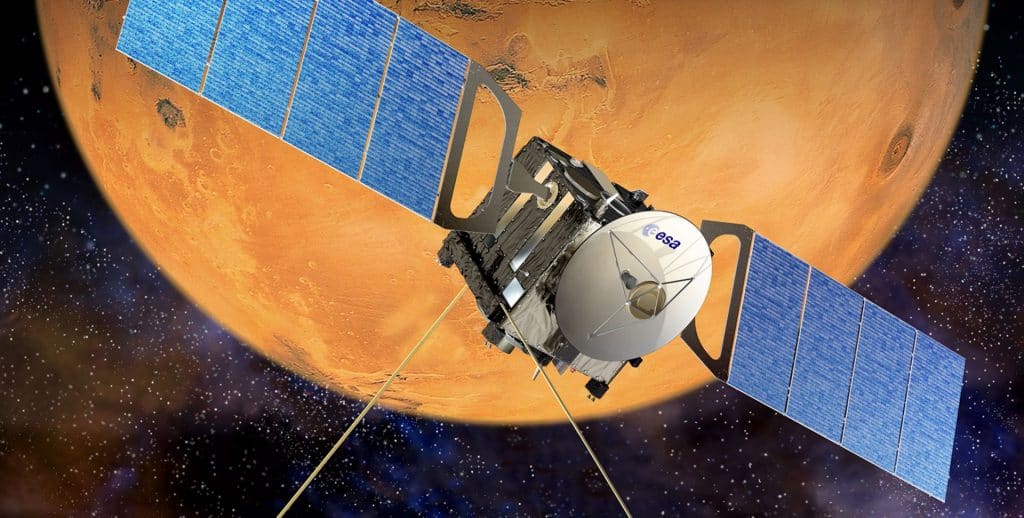Without precedents! Watch the first live stream from Mars

Up to just under 60, a live, such a common thing these days, was something totally inconceivable. Even more unusual would be to believe in the possibility of seeing images from another country in real time. What would people back then think if they knew that live streaming directly from Mars would be possible in 2023?
In June 1967, viewers from 26 countries watched in awe as The Beatles performed on television at that very moment in London. After 56 years the vehicle, this time, will be the internet, broadcasting not an international show, but an interplanetary show!
According to the European Space Agency (ESA), responsible for the operation, the images from Mars can take from three to 22 minutes to reach the Earth, depending on the relative positions of the two planets orbiting the Sun.
This is also why there is no truly “live” news from space, since we are limited by the speed of light which travels great distances.
However, this Friday (2), to commemorate the 20th anniversary of the mars express, ESA promises you the chance to get as close to Mars as possible. “Tune in to be among the first to see new images approximately every 50 seconds as they are streamed directly from the Visual Monitoring Camera (VMC) aboard our long-lived but still highly productive Martian orbiter,” the announcement read. agency.
According to the statement, the live is scheduled to start at 13:00 (Brasilia time), a Official ESA YouTube channelwith an estimated duration of one hour.
During transmission, the time between capturing images and arriving on screen will be approximately 18 minutes. Light takes 17 minutes to travel from Mars to Earth in the current configuration of the two planets, plus about a minute to pass through ground-based cables and servers.
“Note, we’ve never tried anything like this before, so the exact travel times for ground signals remain a bit unclear,” the agency warns.

Most observations made by spacecraft occur during periods when they are not in direct contact with a receiving antenna on Earth, either due to distance, location in space, or the placement of the transmitting antenna pointing to another direction during the collection of scientific data.
This is not a problem for researchers. The data is stored and sent a few hours or even days later when the spacecraft is back in contact with Earth. In the case of the satellite mars expressevery two days a new batch is downloaded, processed and made available to the world.
There are just a few examples of real-time imagery from space, such as NASA’s DART and LCROSS missions, which filmed the vision as they intentionally collided with the asteroid Dimorphos and the Moon, respectively. Besides, of course, the Apollo missions, which broadcast spectacular videos of the globe and astronauts walking on the lunar surface.
However, these missions were all pretty close to home. The more distant ones sent back maybe an image or two in near real time.
It is true that there was a “live” broadcast of NASA’s Perseverance rover landing on Mars in 2021. However, the delay (delay between acquisition and arrival of images) was longer than expected by ESA for Friday’s event, in addition to the fact that, as far as a long-duration real-time transmission from deep space is concerned, this will be a pioneer – and not to be missed!
The unedited post! Watch the first live broadcast from Mars that first appeared on Olhar Digital.
Source: Olhar Digital



Leave a Reply